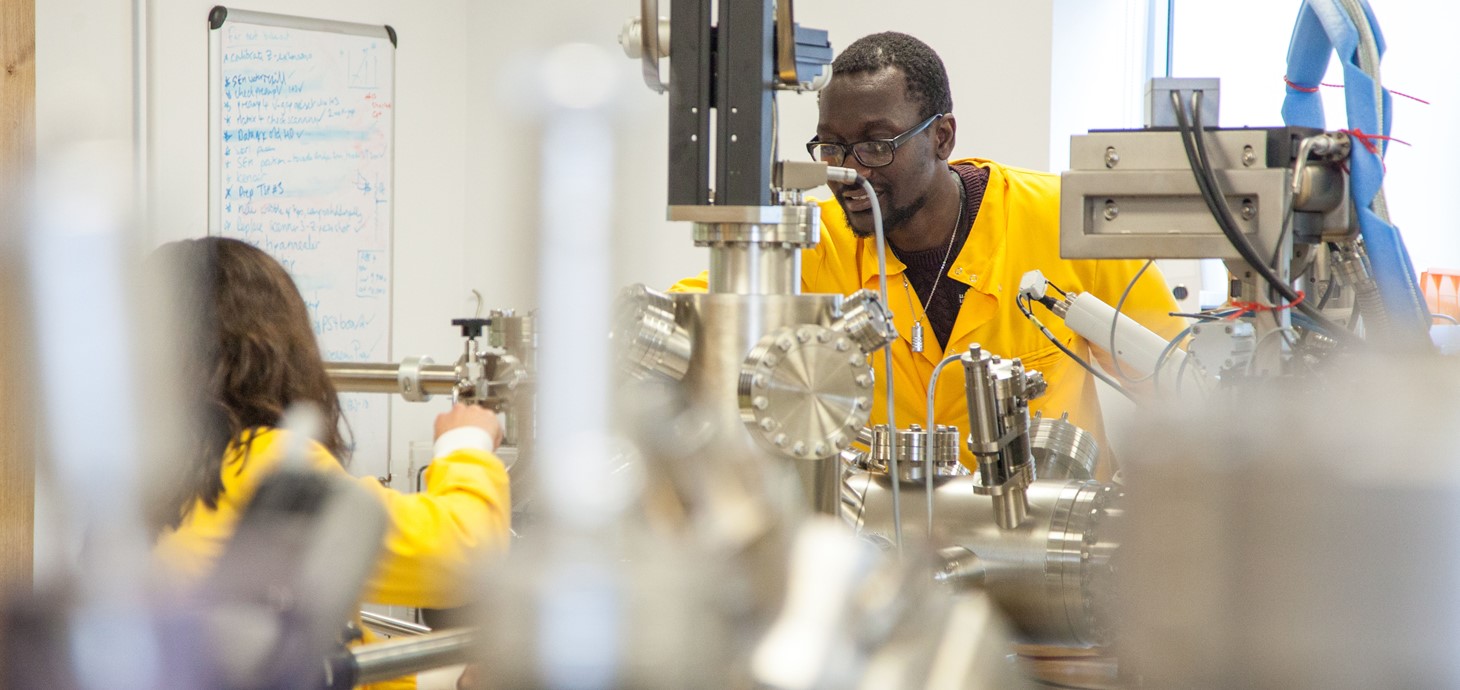These articles are now archived and will no longer be updated.

Four Swansea University projects aimed at making a life-saving difference to patients’ lives have taken a major step forward.
The initiatives, based at Swansea University's Centre for NanoHealth, received funding from the Medical Research Council as part of its 2020 Confidence in Concept (CiC) award. This seeks to take nanomedicine projects from the discovery research stage towards development and the goal of patient benefit.
After securing two years of CiC funding, the four independent projects can now begin makings important progress.
- Infections of the female reproductive organs are a serious challenge for worldwide reproductive health, so Dr Gareth Healey and his team are examining the liquid crystal nano-delivery of antibiotics. Having developed a simple, cheap formulation with the potential to safely deliver antibiotics and increase drug effectiveness, the project can take the next steps towards commercialisation and progression to clinical trials. The potential benefits include increasing effectiveness of existing antibiotics, so that infections can be treated more readily, reducing antibiotic resistance and alleviating the suffering of millions of women.
- To aid their rapid growth, aggressive and drug-resistant cancer cells outcompete immune cells for the nutrients that are required for immune cells to function properly. Cancer cells are also able to hide and avoid attack from the immune system by causing immune cells to become exhausted. Dr James Cronin and Dr Nick Jones from the Medical School, and Professor Juan Mareque-Rivas from the Department of Chemistry, are using advanced nanovaccine technology to reawaken the immune system to restore effective targeting of cancer cells.
- Professor Karl Hawkins is developing a new blood test for sepsis. Sepsis is a life-threatening condition, but if caught early enough, it is easily treatable with antibiotics. The test will involve measuring the rheology of blood, which will give information on how efficiently your blood cells can travel throughout your body. Using nanotechnology, the longer term goal is to design and manufacture a small scale device that can be used in hospitals and the wider community, to spot the early signs of the disease.
- Enhancing the effects of drugs used to tackle ovarian cancer tumours is the aim of Dr Lewis Francis’ project. It has identified polymer nanoparticle candidates that have optimal physical and chemical properties to enhance disease accumulation and increase the amount of active, stable drug delivered to diseased cells. It is hoped this will improve the efficacy of treatment. The funding will allow the team to perform vital preliminary studies to understand the effect of crucial physiochemical properties on bio-distribution and ovarian targeting. It is then planned integrate these delivery systems to drug development projects – informing next generation therapeutics for gynaecological cancers.
Professor Steve Conlan, a founding director of the Centre for NanoHealth, and Head of Enterprise and Innovation in the Medical School, said: “Each of these projects seeks to tackle important and much-needed healthcare dilemmas and has the potential to make a real difference to people’s lives. Thanks to the funding, our researchers can now carry out the essential experiments needed to advance the established concepts, and transition them to larger translational funding schemes and develop collaborations with industrial partners.”
“We are delighted we are building a stronger pipeline taking viable projects like these a step closer to the patients who need them.”
